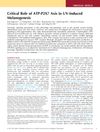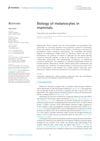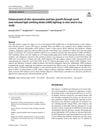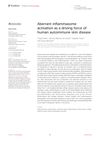Novel Mechanism of UVB-Mediated Pigmentation Through the Axis of ATP-P2X7
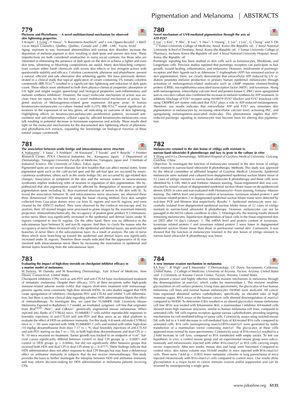
TLDR Scientists discovered a new way UVB light increases skin pigmentation through the ATP-P2X7 pathway.
The study from May 1, 2019, revealed a new mechanism by which UVB radiation induces skin pigmentation, involving the ATP-P2X7 axis. Researchers found that UVB exposure increases extracellular ATP, which then activates melanogenesis-related molecules like CREB, MITF, and tyrosinase, leading to melanin production in primary human epidermal melanocytes. This process is also associated with a rise in intracellular calcium levels and PKC activity. Inhibition of the P2X7 receptor significantly reduced ATP-induced melanogenesis, indicating the pivotal role of the ATP-P2X7 axis in skin pigmentation. This discovery could pave the way for novel methods to alter skin pigmentation.
